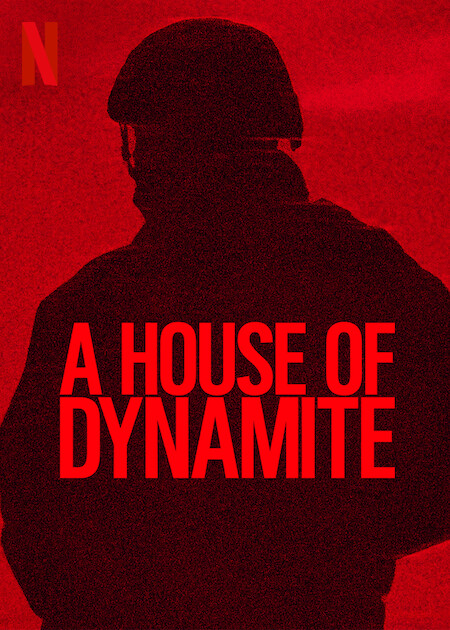A House of Dynamite delivers exactly what its title promises—an explosive blend of tension, emotion, and unpredictability. This film is a masterclass in building suspense within confined spaces and testing the limits of human morality. With gripping performances and a haunting atmosphere, it cements itself as one of the most intense thrillers of recent years.
Plot and Storyline
The movie centers around a group of people trapped in a house, each with hidden motives and buried secrets. What starts as a tense standoff quickly spirals into chaos as loyalties shift and personal agendas collide. The story unfolds layer by layer, keeping viewers guessing who can be trusted and who will ignite the metaphorical—and literal—explosion.
The script maintains a perfect balance between psychological drama and action. Every revelation raises the stakes, and just when you think you’ve figured out the mystery, another twist detonates. The confined setting amplifies the tension, turning the house into both a physical and emotional pressure cooker.
Performances and Characters
The strength of A House of Dynamite lies in its ensemble cast. Each actor delivers a performance brimming with intensity and authenticity. The characters are complex, flawed, and deeply human—making their conflicts feel raw and believable.
The lead delivers a standout performance, portraying the emotional burden of leadership and fear with nuance. The supporting cast enhances the film’s dynamic energy, creating a volatile mix of personalities that drive the narrative forward. The chemistry—often confrontational and uneasy—keeps the audience fully engaged.
Direction and Cinematography
Visually, the film is striking. The director skillfully uses lighting and camera angles to emphasize confinement and emotional strain. The cinematography employs shadows and tight framing to create a sense of claustrophobia, mirroring the characters’ mental turmoil.
Every visual choice feels intentional, adding depth to the storytelling. The pacing is taut, never dragging, ensuring the suspense builds naturally. The soundtrack complements the visuals perfectly—subtle during moments of unease and thunderous when the tension erupts.
Themes and Tone
A House of Dynamite isn’t just about physical danger; it’s about emotional survival. The movie explores the fragility of trust, the weight of guilt, and the unpredictable nature of fear. The “house” serves as a metaphor for the human mind under stress—ready to explode when pushed too far.
The tone remains consistently dark and gripping. It questions what people are capable of when trapped, both literally and psychologically. This thematic depth sets the film apart from standard thrillers, offering viewers more than just adrenaline—it gives them reflection.
Pacing and Editing
The film’s pacing is one of its strongest elements. There’s no filler—every scene drives the story forward. The editing is sharp, maintaining the high-stakes tension throughout. Even in quieter moments, the looming sense of danger never dissipates, keeping viewers on edge until the final frame.
Final Verdict
A House of Dynamite is a thrilling cinematic experience that detonates expectations. With its powerful performances, tight direction, and layered storytelling, it manages to be both entertaining and emotionally resonant. It’s a film that grips you from the opening scene and doesn’t let go until the credits roll.
For fans of intelligent thrillers and psychological suspense, A House of Dynamite is a must-watch. It’s proof that the most explosive stories are not always about fire and destruction—but about the chaos within the human heart.
Keywords: A House of Dynamite movie review, thriller film, psychological drama, suspense movie, film critique, tense action film.
